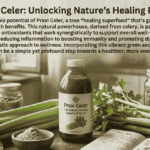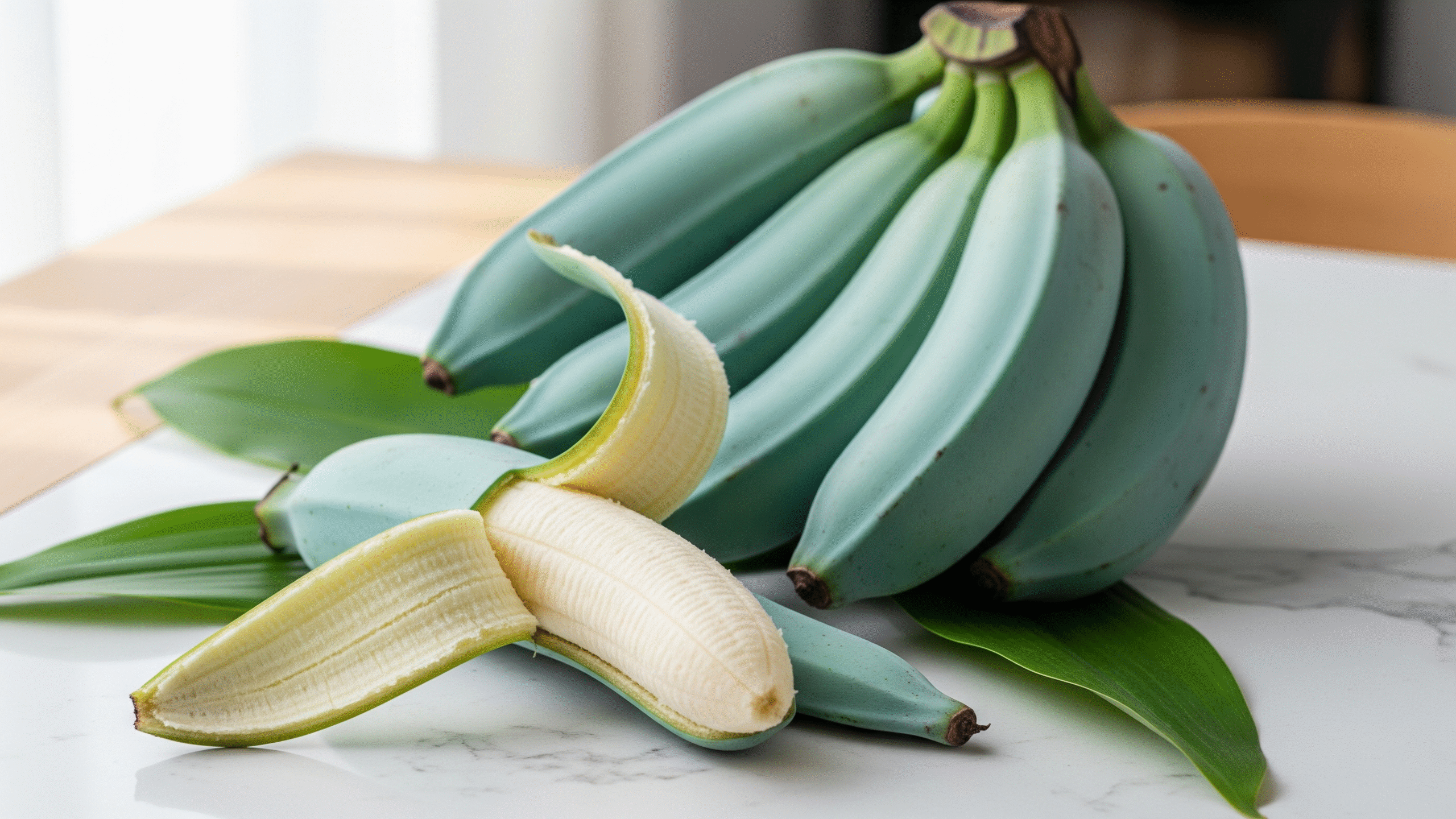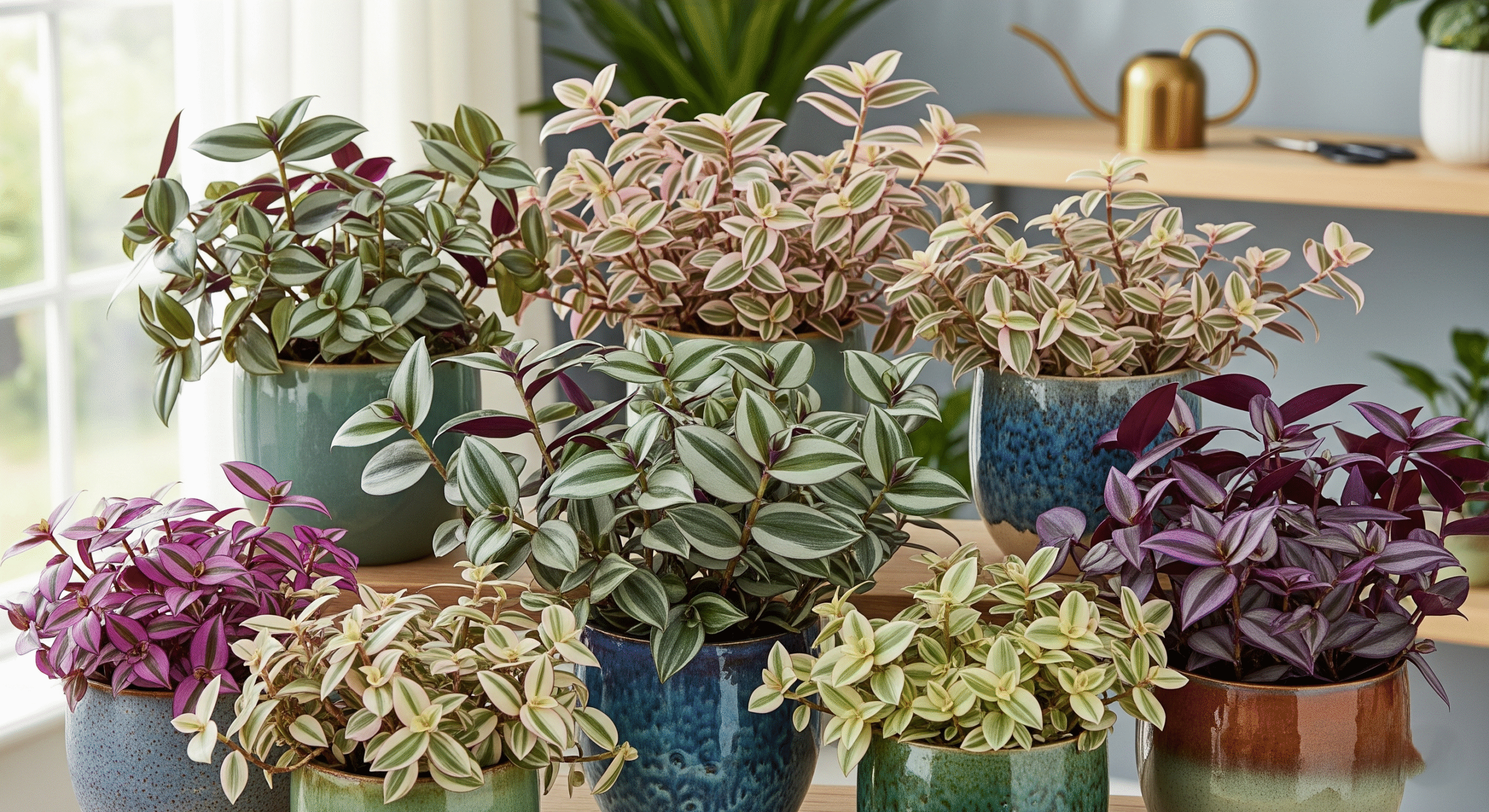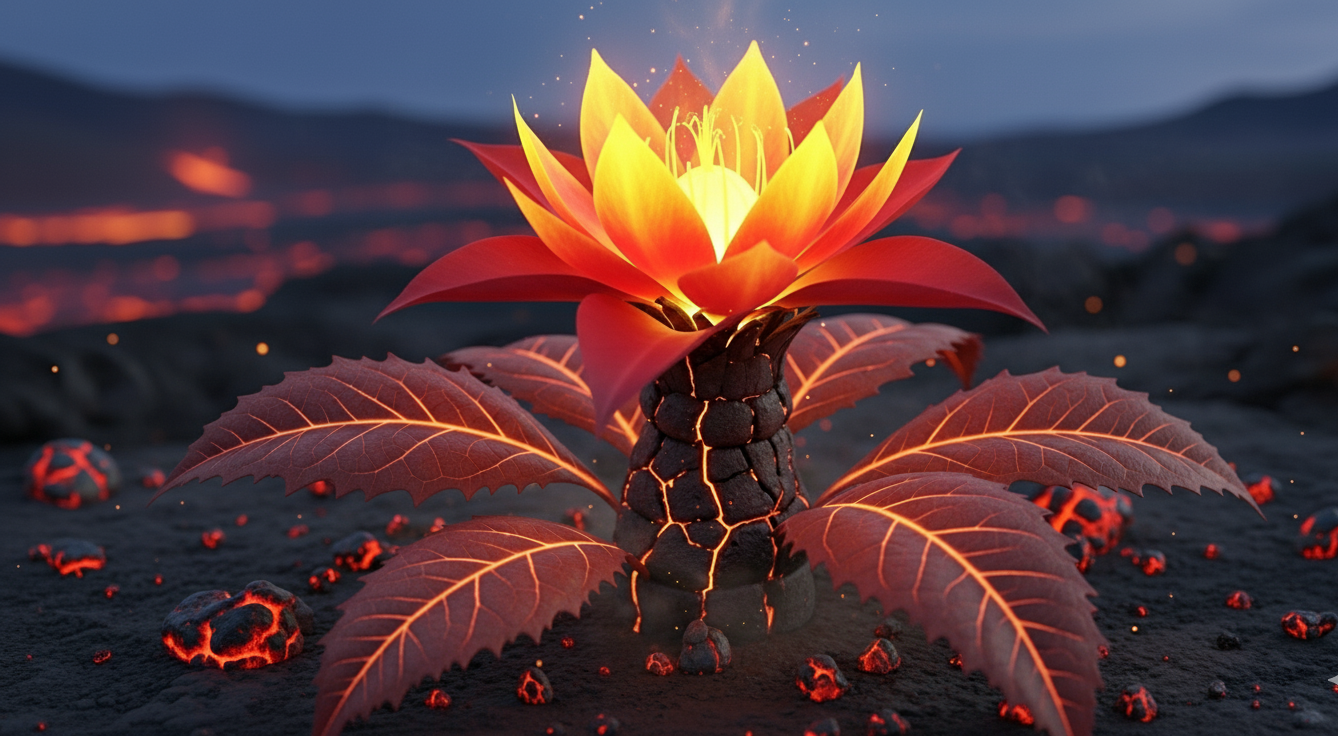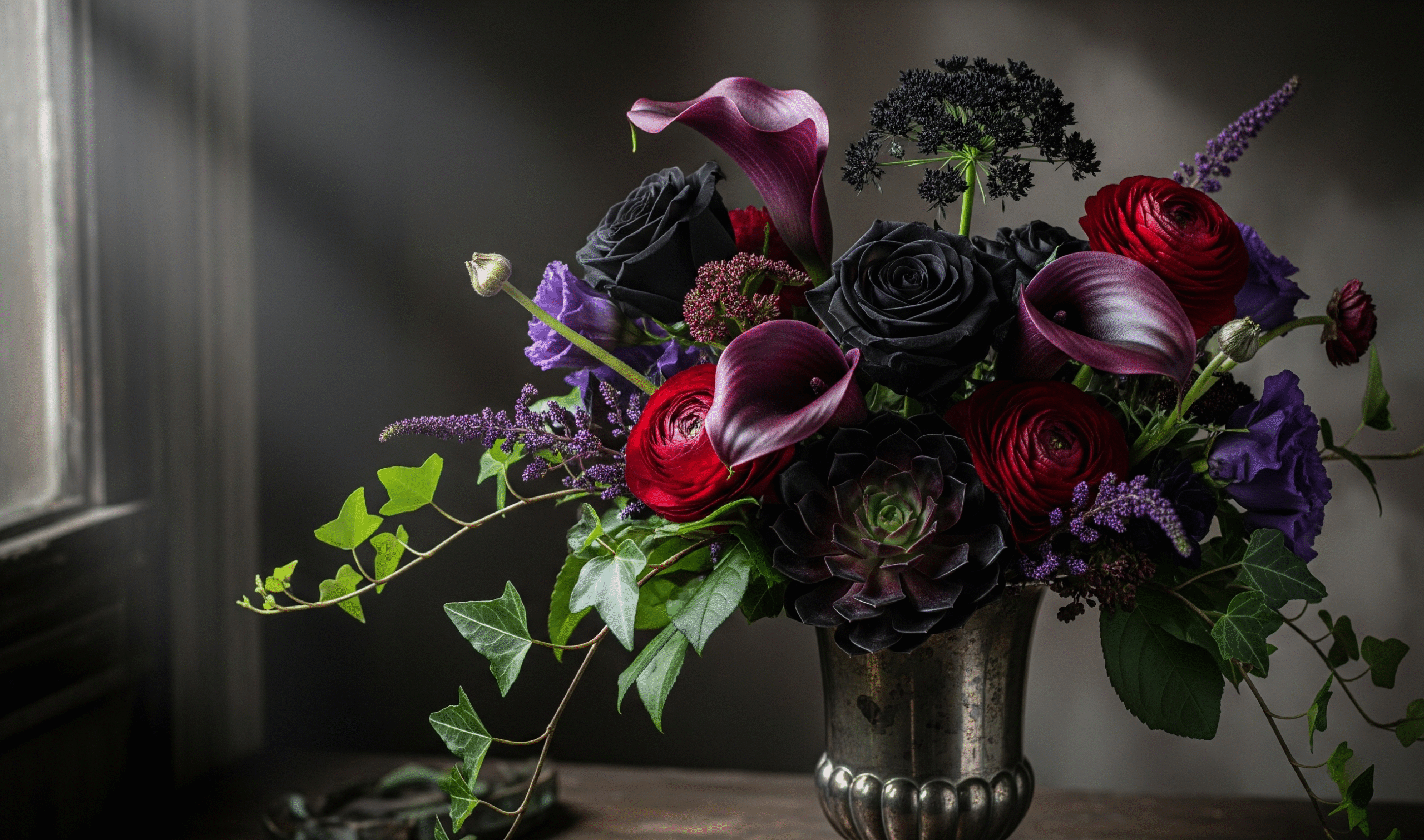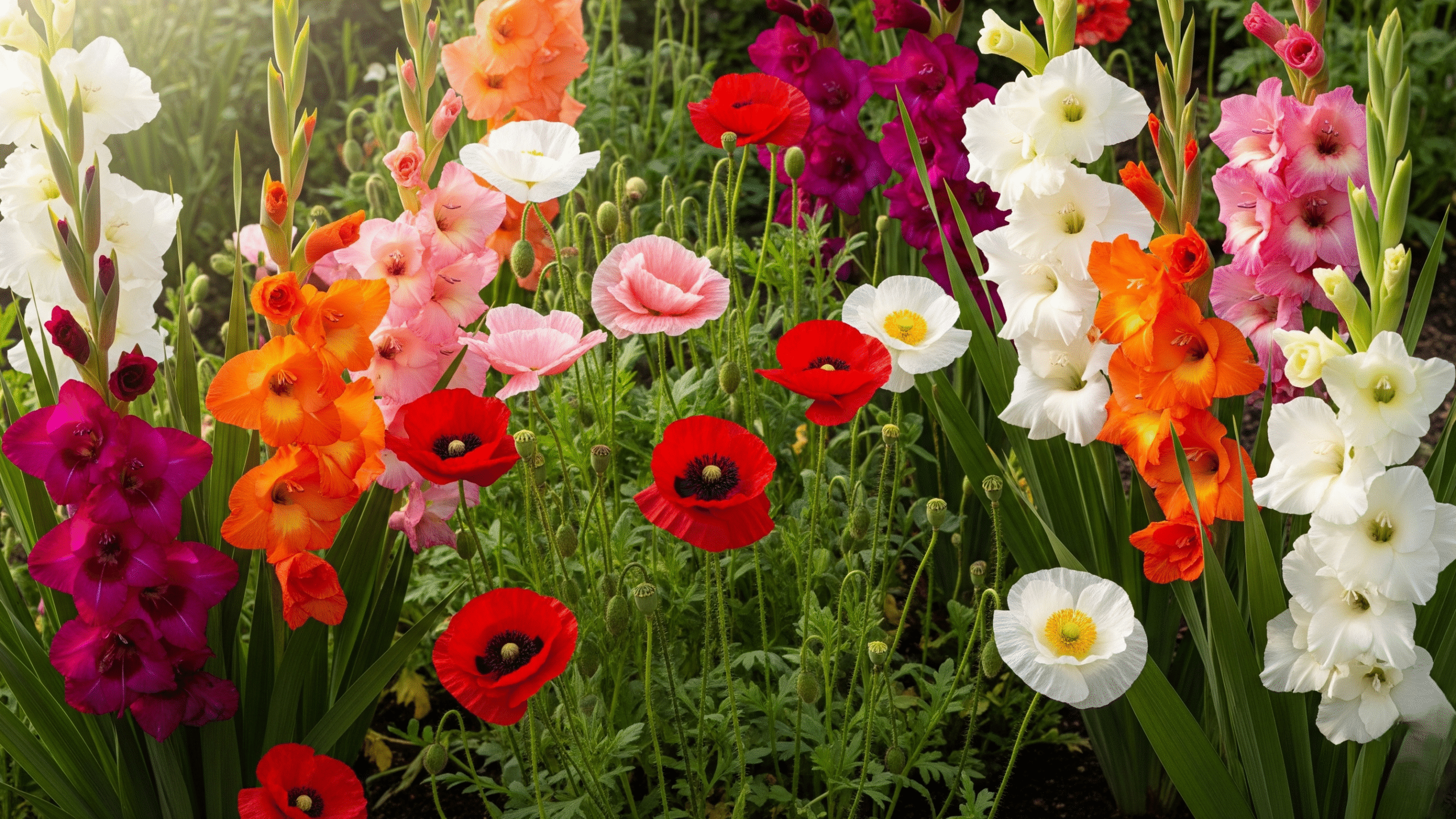If you’re a culinary adventurer or a gardening enthusiast, you’ve likely heard the whispers: there’s a blue banana that tastes like dessert. This isn’t a myth; it’s the magnificent Blue Java banana. Often called the Ice Cream Banana or Hawaiian Java Blue Banana, this cultivar is the holy grail for exotic fruit lovers.
In this comprehensive guide, we’ll dive deep into the world of the Blue Java banana, from its extraordinary flavor to a step-by-step guide on how to cultivate your own blue banana tree. Let’s unravel the mystery of this stunning and delicious fruit.
What is a Blue Java Banana? Unveiling the Mystery
Yes, there is a blue banana! The Blue Java is a specific cultivar (a cultivated variety) that is a hybrid between two wild banana species, Musa balbisiana and Musa acuminata. It is celebrated for its unique blue banana fruit appearance, characterized by a stunning silvery-blue peel when it is unripe.
As the fruit ripens, the skin transforms into a soft, pale yellow. The plant itself is a fast-growing perennial, reaching heights of 15 to 20 feet with large, elegant blue-green leaves, making the blue banana tree a breathtaking ornamental addition to any landscape.
Why You’ll Love the Taste of the Ice Cream Banana
The most remarkable feature of the Blue Java banana is its flavor profile, which is how it earned the name Ice Cream Banana. When perfectly ripe, the flesh is not the typical creamy yellow but a beautiful, pale ivory white.
The texture is exceptionally creamy and dense, lacking the stringiness common in commercial varieties. The taste is a sweet, complex flavor that is overwhelmingly described as identical to vanilla custard or homemade vanilla ice cream. This makes it perfect for eating raw, blending into smoothies, or using in desserts where its natural sweetness can reduce the need for added sugars.
How to Grow Blue Java Banana Plants: A Grower’s Guide
For gardeners, the Blue Java banana tree is a rewarding choice due to its resilience and faster growth compared to other varieties.
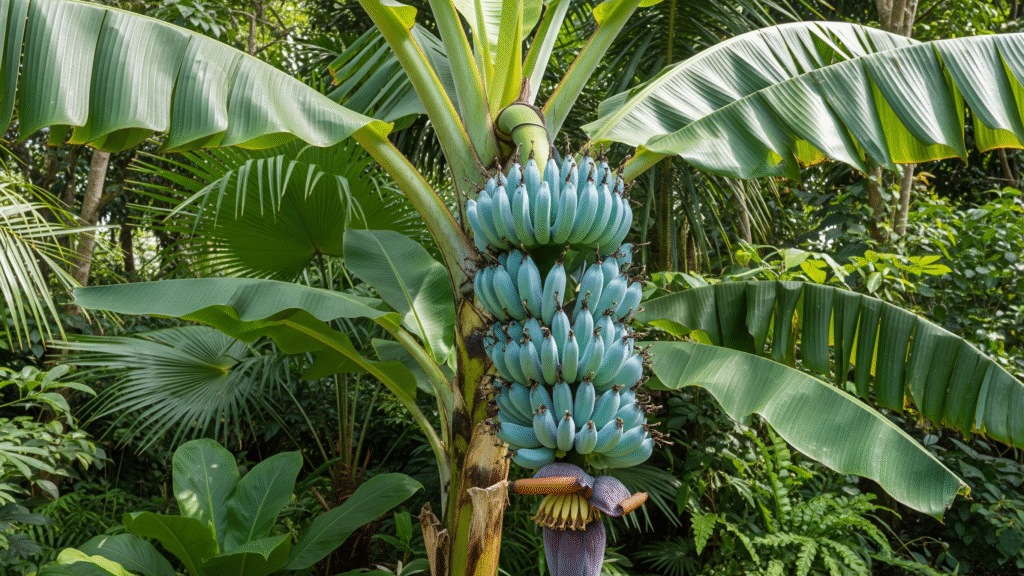
Climate & Hardiness: Known for its cold tolerance, the Blue Java can survive brief temperature drops to 20°F (-7°C), thriving in USDA zones 8b-11. It is also moderately wind-resistant due to its strong root system.
Planting & Sunlight:
- Location: Choose a spot with full sun (at least 6-8 hours daily).
- Soil: They prefer rich, well-draining soil with a pH between 5.5 and 7.0. Amend heavy clay soil with compost and perlite.
- Spacing: Plant multiple trees at least 8-10 feet apart to allow for mature growth.
Care & Maintenance:
- Watering: These are thirsty plants. Provide deep watering 2-3 times a week, ensuring the soil stays moist but not waterlogged.
- Fertilizing: Feed monthly with a balanced, potassium-rich fertilizer (e.g., a 10-10-10 or 6-3-9 mix). Potassium is crucial for fruit development.
- Pruning: Remove dead leaves and only keep one main stem and one follower “pup” for the next cycle to direct energy to fruit production.
Harvesting: Fruit typically appears in 15-24 months. Harvest when the bananas are full and rounded, and the blue skin has lightened with a slight yellowish hue. They will ripen completely off the plant.
Where to Buy Blue Java Banana Fruit and Plants
This is the most common challenge. Finding the fresh Blue Java banana fruit in stores is rare because it is too delicate for large-scale commercial shipping.
- For the Fruit: Your best options are local farmers’ markets in tropical and subtropical regions (Hawaii, Florida, Southern California) or online exotic fruit retailers that specialize in overnight shipping.
- For the Plants: This is your most reliable path. Purchase Blue Java banana plants (often sold as “pups” or “corms”) from reputable online nurseries. Always buy from established sellers with positive reviews to ensure you get a genuine, healthy plant. Websites like Fast-Growing-Trees.com, Etsy, and Amazon are good starting points.
Blue Java Banana: Nutritional Profile and Health Benefits
Beyond its incredible taste, the Ice Cream Banana is a nutritional powerhouse. It shares many of the same benefits as common bananas but is a superior choice for natural sweetness.
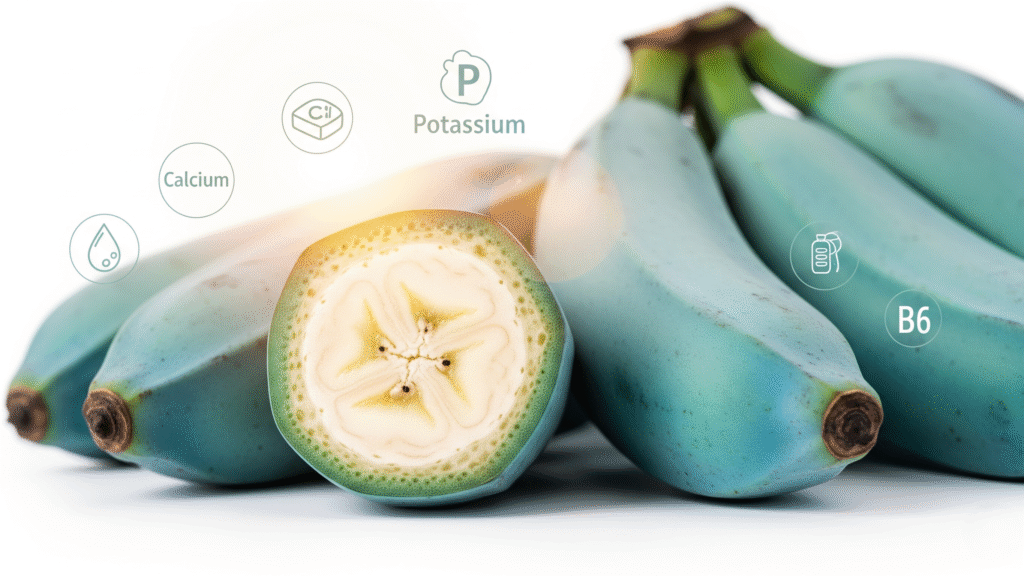
It is an excellent source of:
- Potassium: Vital for heart function and muscle contractions.
- Vitamin B6: Supports brain health and energy metabolism.
- Vitamin C: Boosts immune system and promotes skin health.
- Dietary Fiber: Aids in digestion and promotes gut health.
- Natural Sugars: Provides a quick and sustained energy source.
Its creamy texture and sweet flavor make it an ideal, healthy substitute for ice cream in “nice cream” recipes.
Conclusion
In our expert opinion, absolutely. The Blue Java banana is more than a novelty; it’s a testament to nature’s diversity. It satisfies the search for unique flavors, offers a rewarding gardening project, and provides a conversation-starting beauty in your yard.
Whether you’re searching for where to buy blue java banana fruit for a taste test or ready to cultivate your own blue banana tree, this iconic variety is a worthy pursuit. Embrace the adventure, and you might just find your new favorite fruit.
Read More: Discover Wandering Jew Varieties and Care Guide
Frequently Asked Questions (FAQs)
Q: Can I grow a Blue Java banana indoors?
A: It’s possible when the plant is young with a very large, sunny container and a grow light. However, due to its ultimate size, it is best suited for outdoor cultivation.
Q: How many bananas does one tree produce?
A: A mature, healthy Blue Java banana tree can produce a “stem” containing 50-150 individual bananas per harvest cycle.
Q: Is the Blue Java banana genetically modified?
A: No. It is a natural hybrid developed through traditional cross-breeding methods over many years.

